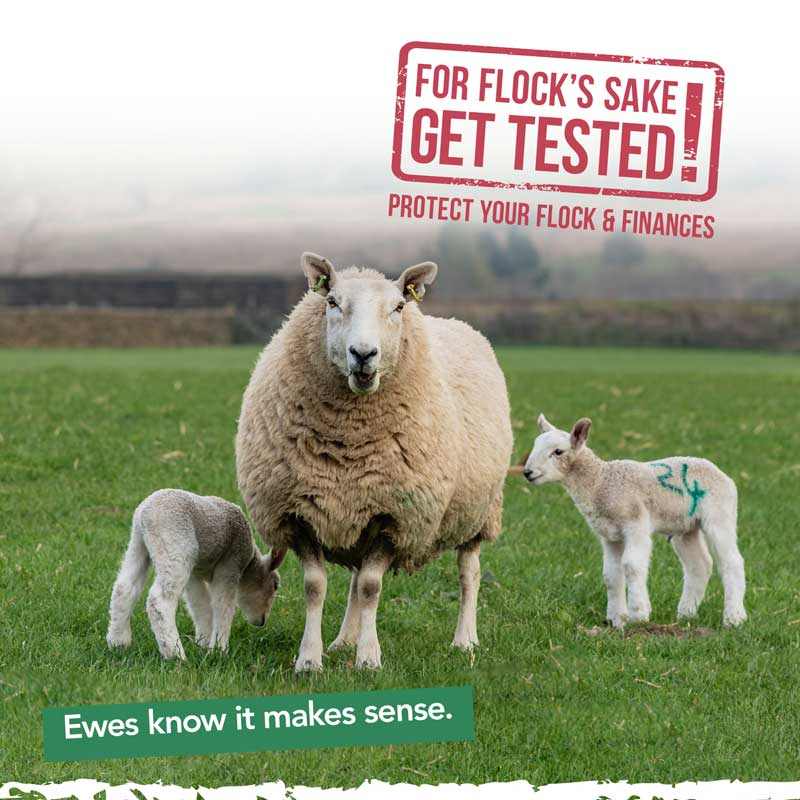7 Apr 2021
As part of its For Flock’s Sake Get Tested campaign, Ceva Animal Health is encouraging farm animal practitioners to push importance to clients.

Vets are being urged to raise the importance of testing for enzootic abortion of ewes (EAE) with their farming clients.
Caused by Chlamydophila abortus, EAE is the most commonly diagnosed cause of abortion in UK sheep, and as part of its For Flock’s Sake Get Tested campaign, Ceva Animal Health is pushing for raised awareness about the importance of testing for it.
 EAE can cost the UK sheep industry up to £20 million a year, and one of its issues is the ability of bacteria to lay latent in ewes until the next pregnancy.
EAE can cost the UK sheep industry up to £20 million a year, and one of its issues is the ability of bacteria to lay latent in ewes until the next pregnancy.
An infected sheep aborting and shedding has the potential to infect multiple ewes that will abort at their next lambing.
Ceva said providing an accurate diagnosis in cases of ovine abortion is key to putting future prevention plans in place, and to support practices unable to submit ideal samples of aborted placenta and fetus for testing, it has produced a “Sampling guidelines for ovine abortion investigation” document, which includes information on the equipment required for sampling, samples to take, and hints and tips to achieve accurate diagnosis.
Ceva runs Assure Ewe, a subsidised farm serology testing programme for C abortus.
Aborted ewes can be tested for C abortus from three weeks to three months after lambing, and an investigation is needed if two or more ewes abort in a two to three-day period.
Katherine Timms, ruminant veterinary advisor for Cevac Chlamydia at Ceva Animal Health, said: “EAE is the most common cause of abortion in sheep in the UK, and it can be incredibly frustrating and expensive for farmers to deal with, which is amplified by the bacteria’s ability to lay latent in ewes.
“It is, therefore, important that any abortion outbreak is identified and managed as quickly and efficiently as possible to help prevent other ewes from getting contaminated and causing an abortion storm.
“Vaccination, along with strict biosecurity, offers the best protection against the impact of EAE and can be done any time from five months of age until four weeks prior to tupping, as long as the ewe is not in lamb.”
Full resources for vets, including sampling guidance and tips to pass on to farmers, is available online.